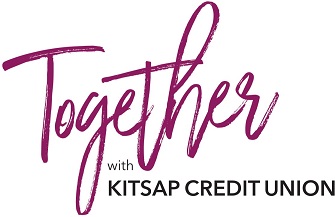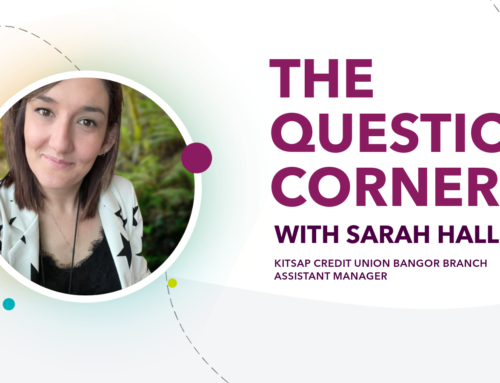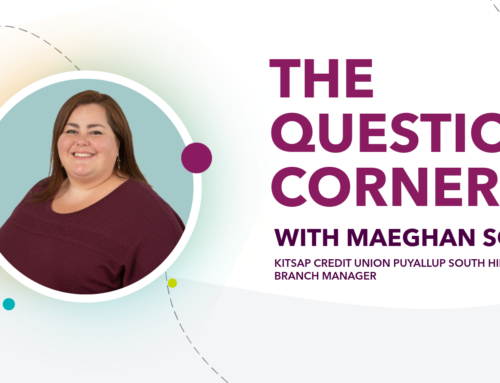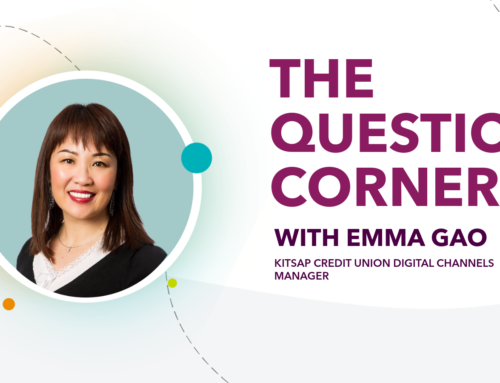Credit cards can be an excellent financial tool when used responsibly. They can provide you with a safety net or financial flexibility when you need it. Although they can make a very positive impact on your financial well-being, they also need to be managed well. Many think that paying the minimum on credit cards is a sufficient plan, but it can end up costing you much more than you realize.
Minimum payments on credit cards are between 1% to 4% of the balance due. If you can afford higher payments each month, you’ll benefit over the long haul. If you can’t afford to pay this percentage of your balance, chances are you’re in over your head.
Consider the example of a $2,000 balance at 18% interest. If your minimum payment is 2% of the balance due each month, it will take you about 19 years to pay it off and you’ll pay $3,862 in interest. (A 2% minimum payment would start at $40 and taper to $25. Maintain the $40 and you’ll pay off the debt faster.)
If you’re paying 4% of the balance due, you’ll pay off the balance in seven years and four months and cut your interest costs to $1,031. (A 4% minimum payment starts at $80 and tapers to $25.)
By paying 8% of the balance due, much more than minimum, it will take you three years and nine months to pay off, and you’ll pay about $433 in interest. (An 8% minimum payment starts at $160 and tapers to $25.) Remember, these calculations assume you add no more charges to the card.
Always pay at least the minimum amount due so you don’t incur a late fee, and if possible, charge only as much as you can pay in full each month or within a few months.






